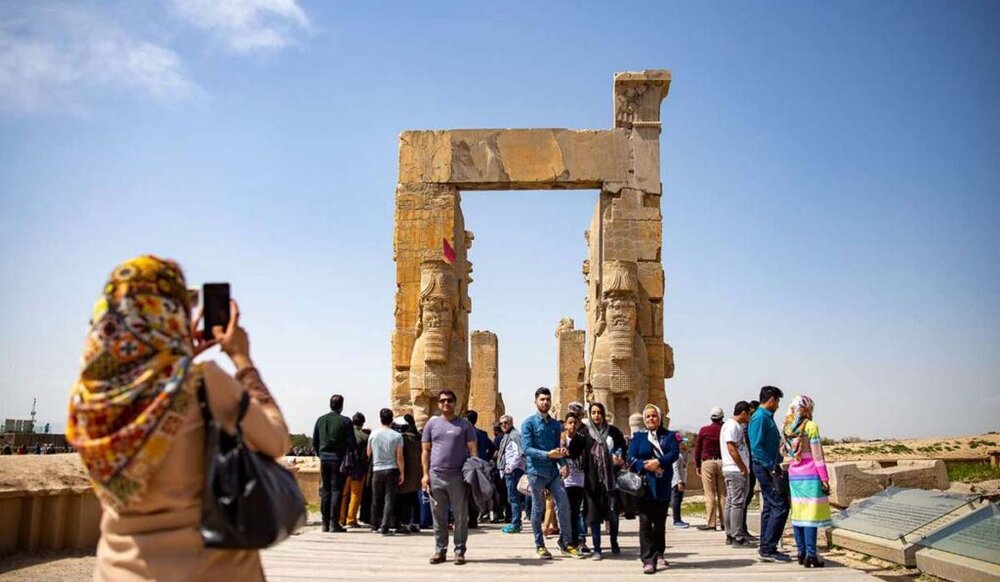Average of 23,000 visitors toured Persepolis per day during Noruz

TEHRAN – An average of 23,000 visitors toured Persepolis per day during the Noruz holidays, the director of the World Heritage site has said.
Persepolis played host to an average of 23,000 visitors per day during Noruz as the World Heritage site was fully prepared for such an upsurge of visitors [following two years of decline caused by coronavirus restrictions], ILNA quoted Hamid Fadaei as saying on Tuesday.
No damage either intentional or unintentional was inflicted on the premises of the UNESCO site during the two-week holiday, the official said.
Furthermore, we are currently analyzing critics and suggestions that visitors submitted to polling stations during Nowruz, he stated.
The royal city of Persepolis ranks among the archaeological sites which have no equivalent, considering its unique architecture, urban planning, construction technology, and art.
Persepolis, also known as Takht-e Jamshid, whose magnificent ruins rest at the foot of Kuh-e Rahmat (Mountain of Mercy) is situated 60 kilometers northeast of the city of Shiraz in Fars province.
The city was set on fire apparently upon the order of Alexander the Great in 330 BC as revenge on the Persians because it seems the Persian King Xerxes had burnt Athens around 150 years earlier.
The city’s immense terrace was begun about 518 BC by Darius the Great, the Achaemenid Empire’s king. On this terrace, successive kings erected a series of architecturally stunning palatial buildings, among them the massive Apadana palace and the Throne Hall (“Hundred-Column Hall”).
This 13-ha ensemble of majestic approaches, monumental stairways, throne rooms (Apadana), reception rooms, and dependencies is classified among the world’s greatest archaeological sites.
Persepolis was the seat of the government of the Achaemenid Empire, though it was designed primarily to be a showplace and spectacular center for the receptions and festivals of the kings and their empire.
AFM
